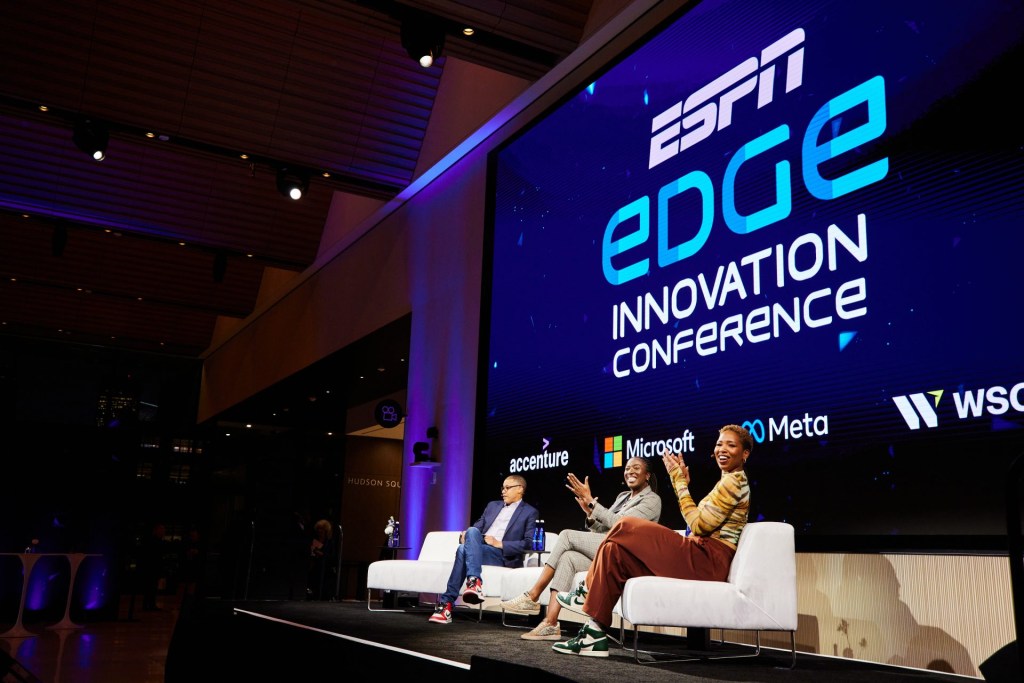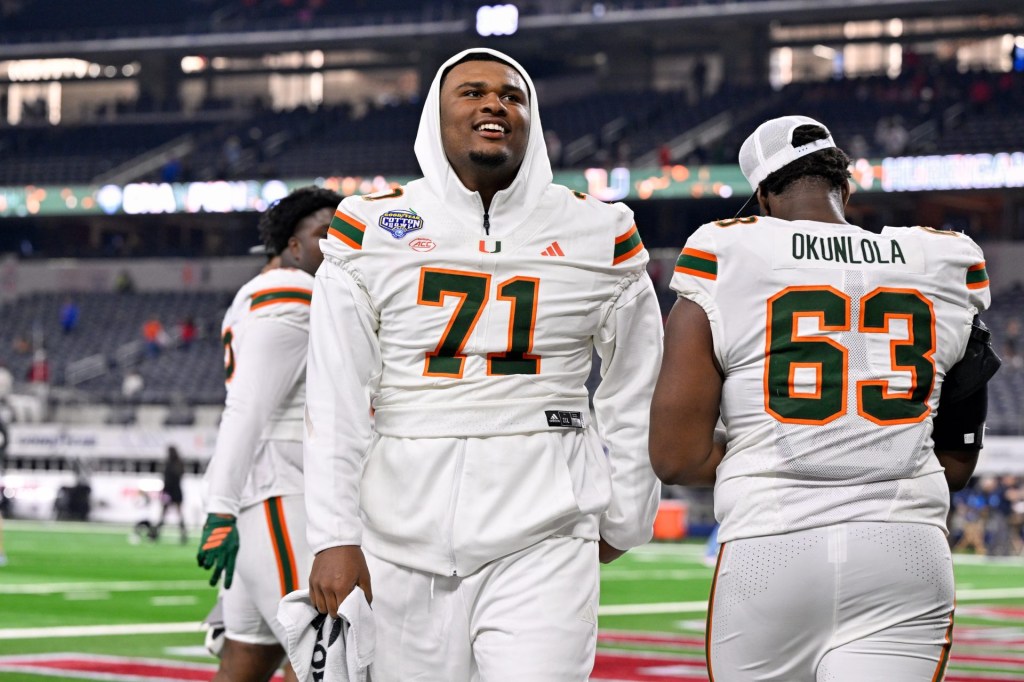This week, Notre Dame athletic director Jack Swarbrick became the latest college sports official to lament the NIL era — and paint a relatively inaccurate portrait of a landscape that he feels administrators don’t have enough control over.
In a video interview posted by the university, Swarbrick thinks that the college sports industry has completely “screwed up” the first year of the name, image, and likeness era.
“The intention was to put student-athletes in a position that every other student at Notre Dame enjoys, which is they can benefit from their name, image, likeness and ideas,” he said, noting that he was originally very much in favor of restoring athletes’ NIL rights. “The musician can play in a club on the weekend, the artists can sell art. You couldn’t do anything.”
Instead, he complained, a lack of regulation has created an environment where deals disguised as pay-for-play reign supreme. Most deals are “talent acquisition fees where I’m paying you to come to our school,” he said.
“And we have to find a way to get away from that.”
The problem with Swarbrick’s comments? Pay-for-play inducements — and particularly the NIL collectives that are reportedly powering them — are being blown way out of proportion, experts have told Front Office Sports.
While they do exist, they’re a much smaller segment of the overall NIL market than administrators like Swarbrick have made them out to be.
After all, the top football recruiting classes, for example, are generally the same as always — with the exception of surprise top-three class Texas A&M. And for all his complaining about the unfairness of NIL, Nick Saban still boasts a top recruiting class for the Crimson Tide.
Swarbrick is right about one thing, though: In talking about his hopes for federal regulation, he’s noted he has little confidence that Congress will get around to NIL anytime soon.

















